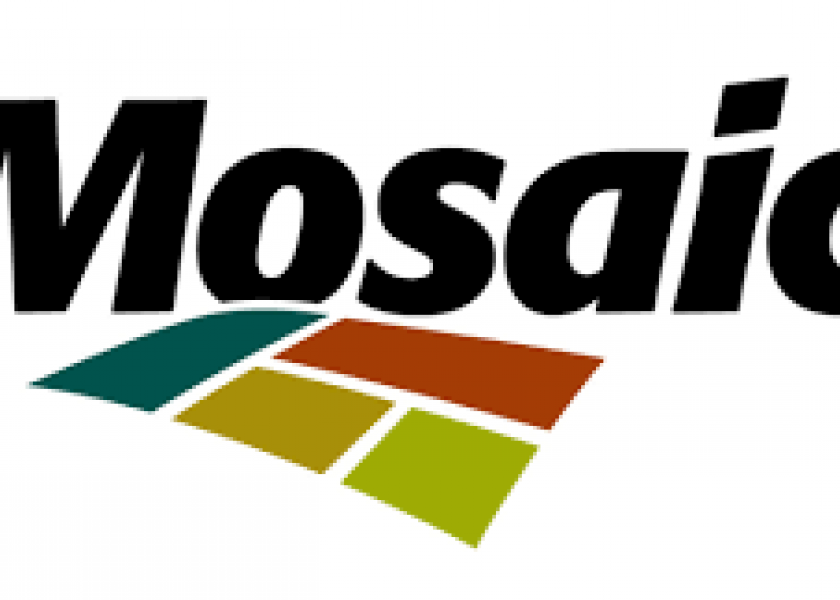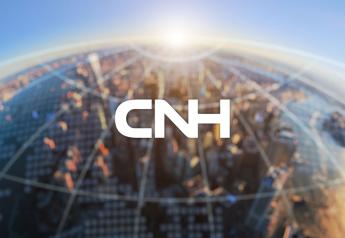The Mosaic Company Comments on 10-Year High Fertilizer Prices

Citing three key factors in today’s fertilizer markets, The Mosaic Company says it recognizes fertilizer prices have increased dramatically in the past several months.
“We frankly empathize with the conundrums facing ag retailers and their customers–the growers,” says Andy Jung, Director, Market & Strategic Analysis at Mosaic. “Costs have escalated dramatically. There have been shipping delays. We talk to them regularly and understand the challenges across the input supply chain.”
As the leading suppliers of phosphate fertilizers in the U.S. (a little over 50%), the company says supply disruptions have accelerated the increasing pricing momentum in 2021, however, Jung points out that’s still below the 2008 peak.
“In the fall of 2019 and the spring of 2020, farmers were looking at the lowest priced fertilizer in over a decade, and now 18 months later it’s some of the highest prices they have seen in a decade,” Jung says. “We just bypassed the average and we bookended the extremes on both sides in a short amount of time—it’s jarring.”
Mosaic points to three factors driving up fertilizer costs.
- Fertilizer demand follows commodity prices
- The cost of fertilizer production has increased
- Trade and supply disruptions continue to reshape the market
“These factors became additive as the year went on,” Jung says, which leads him to describe today’s fertilizer market as “dynamic, complex, volatile, uncertain.”
 Jung can simplify it to higher demand and reduced supply. But he would caution anyone from oversimplifying the factors at play.
Jung can simplify it to higher demand and reduced supply. But he would caution anyone from oversimplifying the factors at play.
Commenting on demand, Mosaic says with high global demand the supply chain disruptions have led to uncertainty and market instability. The company also emphasizes how fertlizer is a global market, and no one actor can determine the market and several factors have contributed to this rise in prices.
Additionally, the cost of energy particularly can affect their production of phosphate products due to their use of ammonia, which has increased in price as a raw material by 288%. Also, sulfur is up 165%.
As one business decision in light of the current dynamics, Mosaic has allocated more of its phosphate production to the U.S. and Canada market, now at 60% of their production, and in a year Jung says the company has had production shortfalls because of Hurricane Irma’s impact and a mechanical failure at one site.
He adds phosphate illustrate the global nature of these markets as China has cut off its export of phosphates when in recent history it has provided 25% to 33% of global trades in phosphates.
Also the past year saw a June 2021 decision (with a final ruling after an appeal to be expected in 2022) from the U.S. International Trade Commission. This added countervailing duties on Moroccan and Russian phosphate fertilizer imports. Mosaic says “irrespective of this” the U.S. has had a 1.3 million ton increase in phosphate imports and a more diversified supply base. Jung says U.S. farmers pay $20 to $100/ton less than farmers in Brazil, India and Europe.
Its potash supplies have been affected, notably due to two facility shut downs because of water issues. And Belarus, a leading potash exporter has encountered sanctions in its trade.
“There’s some leveling off to expect, I think,” he says. “And it’s probably not so far away for example with natural gas prices after the northern hemisphere’s winter season.”







